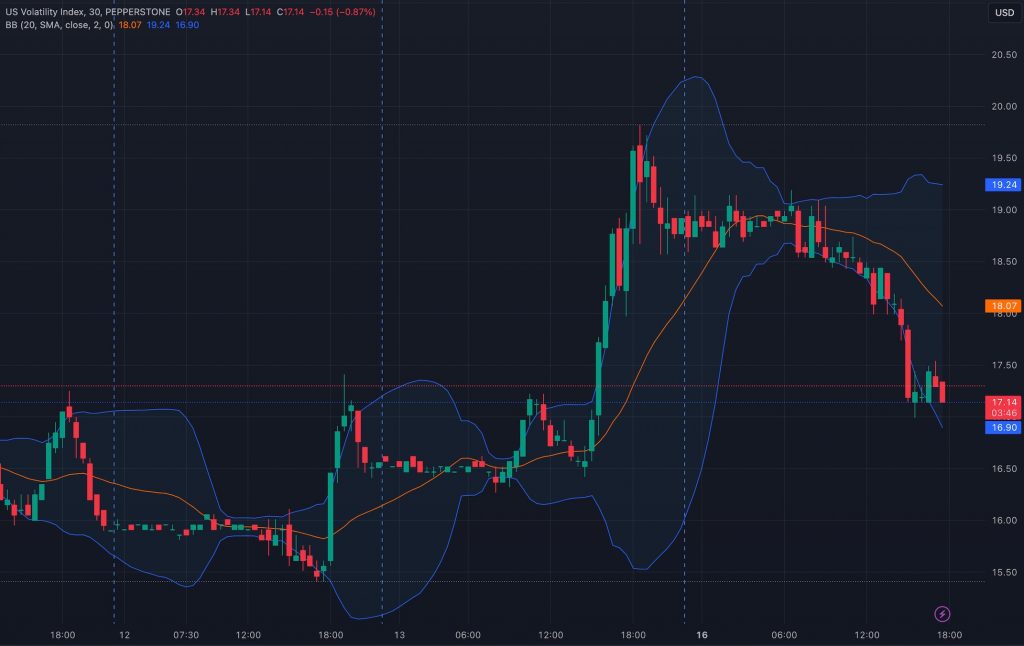Volatility trading is a strategy that involves trading financial instruments based on the anticipated volatility of the market, rather than the direction of the price movement. This form of trading can be highly profitable as it takes advantage of market fluctuations and can be applied across various asset classes, including stocks, options, and futures.
Understanding Volatility
Definition
Volatility refers to the degree of variation in the price of a financial instrument over time. It is typically measured using statistical metrics such as standard deviation or variance.
Types of Volatility
- Historical Volatility: Measures past market price movements.
- Implied Volatility: Derived from the market price of an option, reflecting the market’s expectations of future volatility.
Why Trade Volatility?
Profit from Market Movements
Volatility traders aim to profit from significant price movements, regardless of the direction. This can be particularly advantageous in unpredictable or highly volatile markets.
Hedging
Volatility trading can also be used as a hedging strategy to protect portfolios against adverse market conditions. By holding positions that benefit from volatility, traders can offset potential losses in their main investment portfolios.
Key Instruments in Volatility Trading
Options
Options are the most common instruments used in volatility trading. They provide the right, but not the obligation, to buy or sell an asset at a specified price within a certain period. Strategies like straddles and strangles are popular in volatility trading.
Volatility Index (VIX)
The VIX, also known as the “fear index,” measures the market’s expectations of future volatility. Traders can buy or sell VIX futures and options to speculate on or hedge against market volatility.
Exchange-Traded Funds (ETFs) and Notes (ETNs)
There are various ETFs and ETNs designed to track volatility indices, providing another avenue for traders to gain exposure to market volatility.
Strategies for Volatility Trading
Long Straddle
A long straddle involves buying both a call and a put option at the same strike price and expiration date. This strategy profits from large price movements in either direction.
Long Strangle
Similar to a straddle, a long strangle involves buying out-of-the-money call and put options. This strategy requires a significant price move but is cheaper to implement than a straddle.
Iron Condor
An iron condor involves selling out-of-the-money call and put options while simultaneously buying further out-of-the-money call and put options. This strategy profits from low volatility when the price remains within a certain range.
Risks of Volatility Trading
Market Risk
Volatility trading involves significant market risk, especially if the market does not move as expected.
Time Decay
Options lose value as they approach expiration, which can erode potential profits if the anticipated volatility does not occur within the expected timeframe.
Complexity
Volatility trading strategies can be complex and require a deep understanding of options pricing, market behavior, and risk management.
Summary
Volatility trading offers the potential for significant profits and effective hedging strategies, but it comes with substantial risks and complexities. By understanding the various instruments and strategies involved, traders can better navigate the challenges and opportunities presented by market volatility. As with any trading strategy, thorough research, risk management, and continuous learning are essential for success in volatility trading.



































